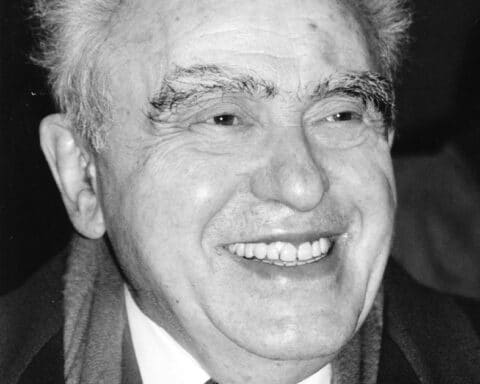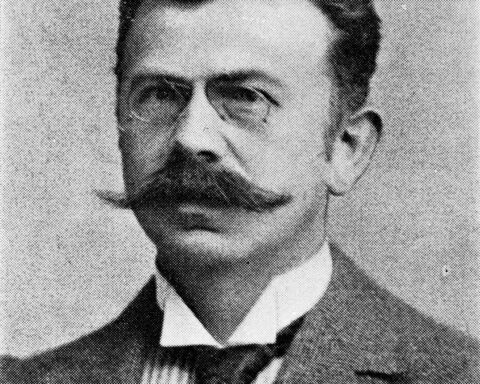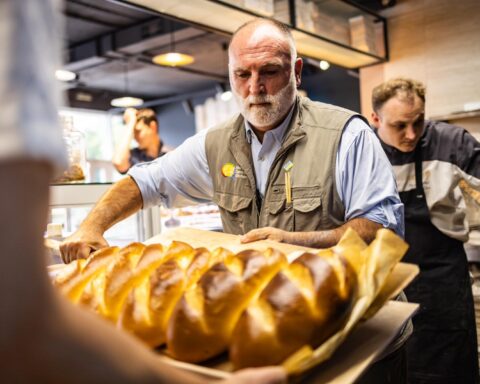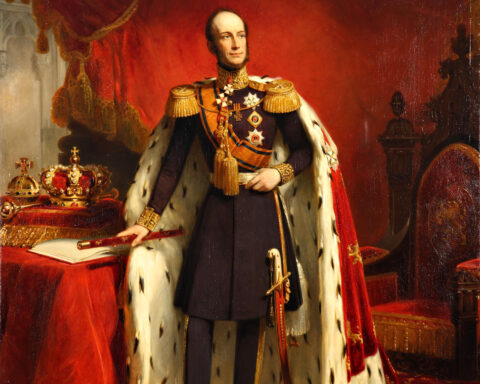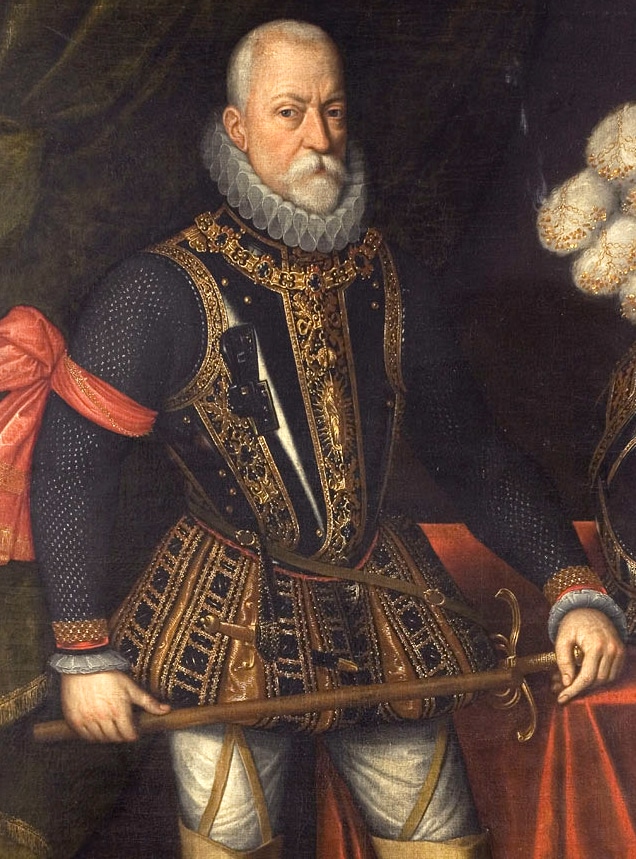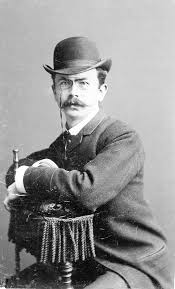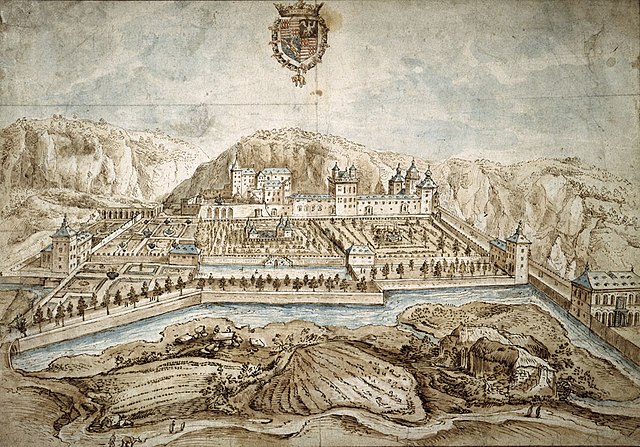Pierre-Ernest Ier de Mansfeld, governor of Luxembourg for nearly six decades, played a central role in the Spanish Netherlands’ military and political landscape.
Military Command and Political Influence
Born in 1517 into the noble Mansfeld family in Saxony, Pierre-Ernest Ier de Mansfeld joined Emperor Charles V’s service at an early age. He participated in the 1535 expedition against Tunis, where he demonstrated strategic expertise that later defined his career. Appointed governor of Luxembourg in 1545, he maintained this position until his death in 1604, overseeing a critical period in the region’s history. His loyalty to Spain earned him membership in the Order of the Golden Fleece, an honor reserved for the most distinguished nobles. His brief tenure as governor of the Spanish Netherlands from 1592 to 1594 marked the peak of his political influence. While his administration focused on maintaining Habsburg control, it also illustrated the fragile balance of power in the region. Mansfeld’s military legacy is a testament to his unwavering dedication to the Spanish crown and the defense of Catholicism during a period of religious and territorial upheaval.
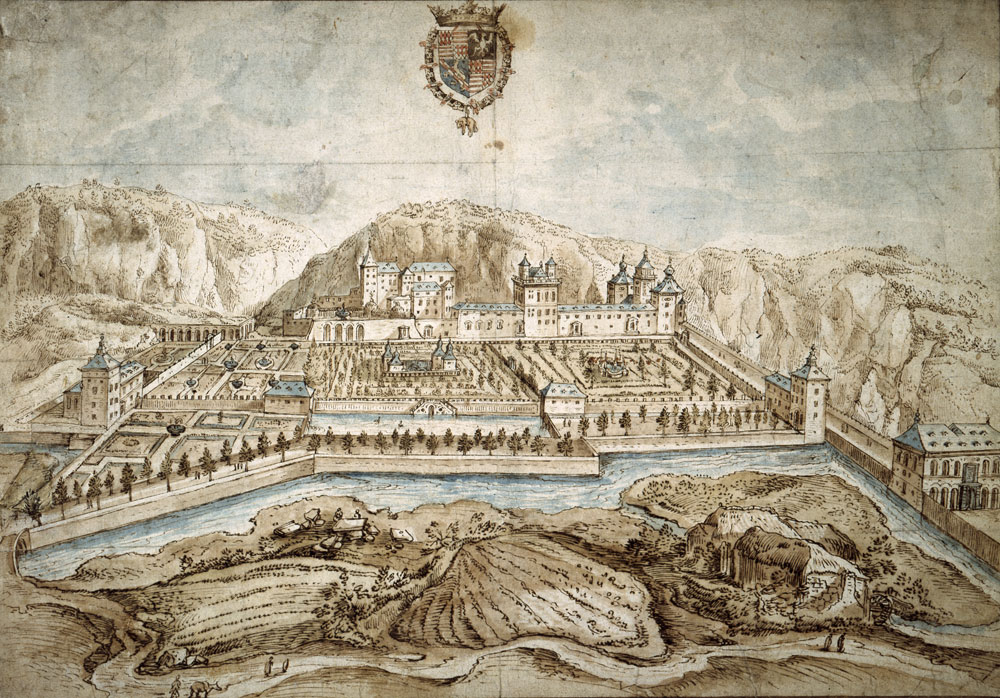
Château Mansfeld: A Symbol of Renaissance Prestige
Mansfeld was not only a military leader but also an ambitious patron of the arts. He began constructing Château La Fontaine, also known as Palais Mansfeld, in 1563 in Clausen near Luxembourg City. This grand estate reflected Renaissance ideals, featuring elaborate gardens, intricate sculptures, and an extensive art collection. The château demonstrated the wealth and power of its owner. It served as both a private residence and a political statement, reinforcing Mansfeld’s status within the Spanish court. Despite its destruction over time, remnants of the château remain a historical landmark, symbolizing Luxembourg’s integration into European artistic and architectural movements. Mansfeld’s vision extended beyond his military achievements, leaving a cultural legacy that enriched the region’s heritage.
“Pierre-Ernest de Mansfeld was a key figure in the history of Luxembourg.” – Ville de Luxembourg
Family, Legacy, and Historical Impact
Mansfeld’s personal life was marked by two marriages and several children who continued his legacy. His first marriage to Marguerite de Bréderode produced three children, including Karl II, who followed in his father’s footsteps in military service. His second marriage to Marie de Montmorency resulted in two more children. Additionally, his relationship with Anna von Benzerath led to the birth of Pierre-Ernest II de Mansfeld, a key figure in the Thirty Years’ War. Mansfeld’s influence extended beyond his lifetime, shaping Luxembourg’s military and political strategies. His governance ensured stability in a volatile era, while his architectural endeavors reflected the grandeur of Renaissance Europe. His impact remains visible in Luxembourg’s historical narrative, with his name synonymous with strength, diplomacy, and cultural patronage.





